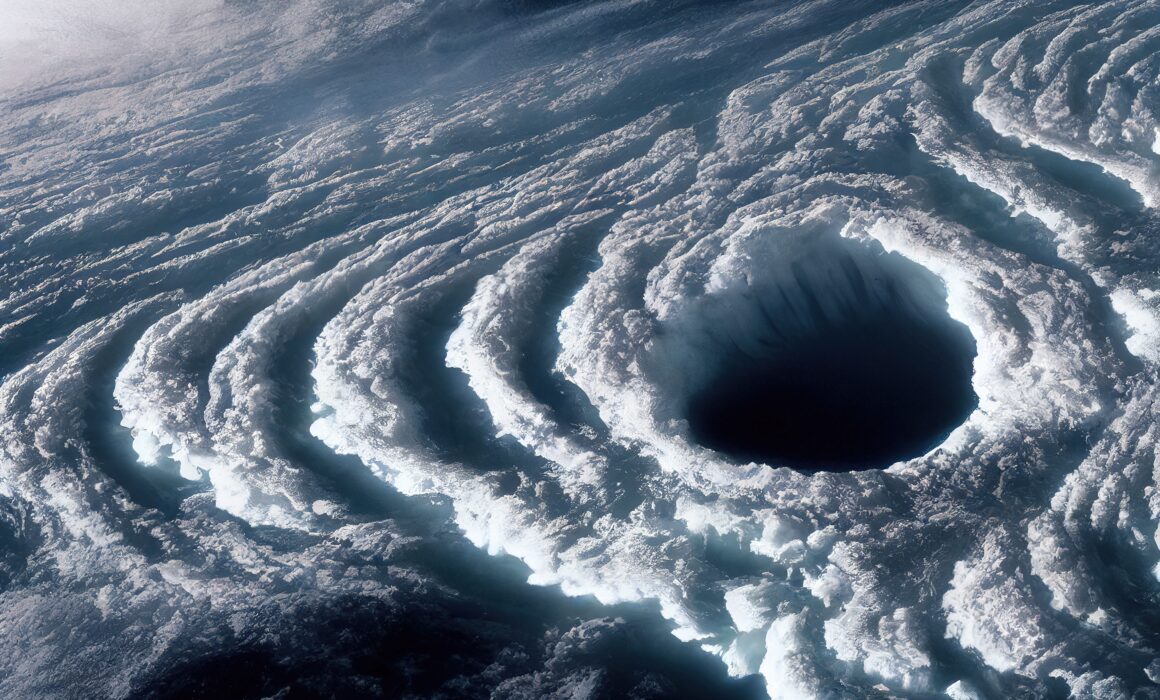What is El Niño? Understanding its Impact on Weather and Climate Disruptions
Introduction
El Niño, a term familiar to many, is often associated with dramatic shifts in weather patterns. But what exactly is El Niño, and how does it influence global climate and weather? This article delves into the phenomenon and its far-reaching effects.
Defining El Niño
- Origin of the Name: El Niño, Spanish for “The Little Boy,” originally referred to the periodic warming of sea surface temperatures around Christmas time off the Pacific coast of South America.
- Scientific Definition: In meteorological terms, El Niño is characterized by prolonged warming in the Pacific Ocean sea surface temperatures when compared with the average value.
How Does El Niño Form?
- Normal Conditions: Typically, trade winds blow from east to west across the Pacific Ocean, pushing warm surface waters towards Indonesia and Australia. This allows cooler water to upwell along the coast of South America.
- El Niño Onset: Occasionally, these trade winds weaken or even reverse direction. When this happens, the warm surface water that’s usually found in the western Pacific moves eastward.
- Sustained Warming: For an event to be classified as El Niño, the sea surface temperature anomaly must exceed 0.5°C for at least three consecutive months.
Effects on Weather and Climate
El Niño doesn’t just warm the ocean; it has a domino effect on global weather patterns:
- Rainfall Shifts: Areas like the western Pacific (Australia and Indonesia) can experience drought, while the central and eastern Pacific (like Peru) might face heavy rainfall and flooding.
- Warmer Ocean Temperatures: This can lead to coral bleaching and disrupt marine ecosystems.
- North America Impacts: The southern U.S. often sees wetter-than-average conditions, while the northern U.S. might experience warmer and drier conditions.
- Hurricane and Typhoon Patterns: El Niño tends to suppress Atlantic hurricane activity but can enhance Pacific hurricane activity.
Consequences of El Niño
- Agricultural Disruption: Changes in rainfall can affect crop yields, leading to food shortages or price hikes.
- Water Resources: Droughts or floods can strain local water supplies and infrastructure.
- Economic Impact: Damage to infrastructure, reduced agricultural yields, and other disruptions can have significant economic implications.
- Health Concerns: Stagnant waters from increased rainfall can become breeding grounds for mosquitoes, leading to potential outbreaks of diseases like malaria or Zika.
Conclusion
El Niño is more than just a warming of ocean waters; it’s a powerful force that reshapes global weather patterns with far-reaching consequences. By understanding its mechanisms and effects, societies can better prepare for and mitigate its impacts. As climate change continues to influence global weather systems, understanding phenomena like El Niño becomes even more crucial.

